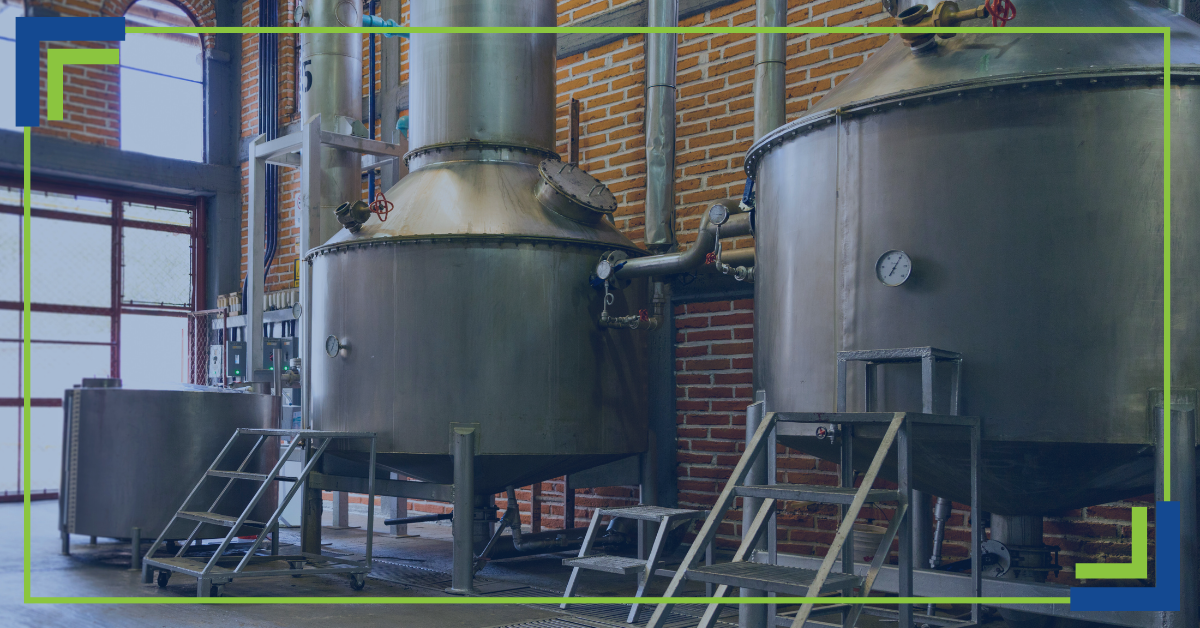
If you’ve ever been curious about how scientists separate mixtures into their individual components, you’ll want to learn about distillation. This fascinating process is used to produce many things including alcoholic beverages, fuels, and essential oils.
Defining Distillation
Distillation is the process of purifying a liquid by turning it into a gas with heat and then converting it back into liquid form. In simple terms, it’s a way to isolate individual ingredients within a mixture based on their boiling points.
Vaporization and Condensation
The distillation process involves two key steps: vaporization and condensation. During vaporization, the mixture is heated. This causes the component with the lowest boiling point to evaporate and change from a liquid to a vapor or gas state. Then the vapor is gathered and passed into a separate container. Any remaining liquid, which still contains the higher boiling point compounds, will be left behind.
The next step is condensation. At this point, the collected vapor is cooled, causing it to condense and return to a liquid state. This liquid is now rich in lower boiling point components. Repeating the process allows you to purify the mixture further while producing increasingly concentrated samples of the desired substance.
Fractional Distillation
Sometimes substances in a mixture may have similar boiling points making it challenging to separate them using a simple distillation. In cases such as these, the method of fractional distillation is used. This involves using a fractional column, which has several plates or trays. As the vapor rises through the column, it repeatedly condenses and vaporizes on the plate, allowing for more efficient separation.
Applications
Distillation has many practical applications in numerous fields and industries. It’s vital in the production of alcoholic beverages, and by carefully controlling this process, distillers can separate alcohol from fermented mixtures, resulting in beverages with different alcohol concentrations.
Distillation is also an integral part of producing fuels, including gasoline and diesel. Crude oil, a mixture of hydrocarbons, is distilled to allow specific hydrocarbons to be extracted and used for fuel production.
Additionally, distillation is used when extracting essential oils from plants. Subjecting plant materials to steam distillation allows the plates’ aromatic compounds to be isolated and collected and then used to produce fragrances, flavors, and therapeutic oils.
Conclusion
Distillation is an intriguing process that plays a vital role in separating mixtures into their individual components. Taking advantage of the differences in boiling points gives scientists and industry professionals purer substances to use in a wide range of applications. Whether it’s used for the production of fuel, essential oils, or alcoholic beverages, distillation is essential. So, the next time you fill up your gas tank or take a sip of your favorite beer, remember the science behind the distilling process is making it all possible.
Learn more about distilling, brewers, and wine-making here.

